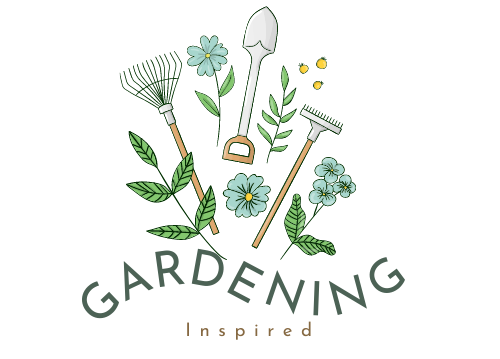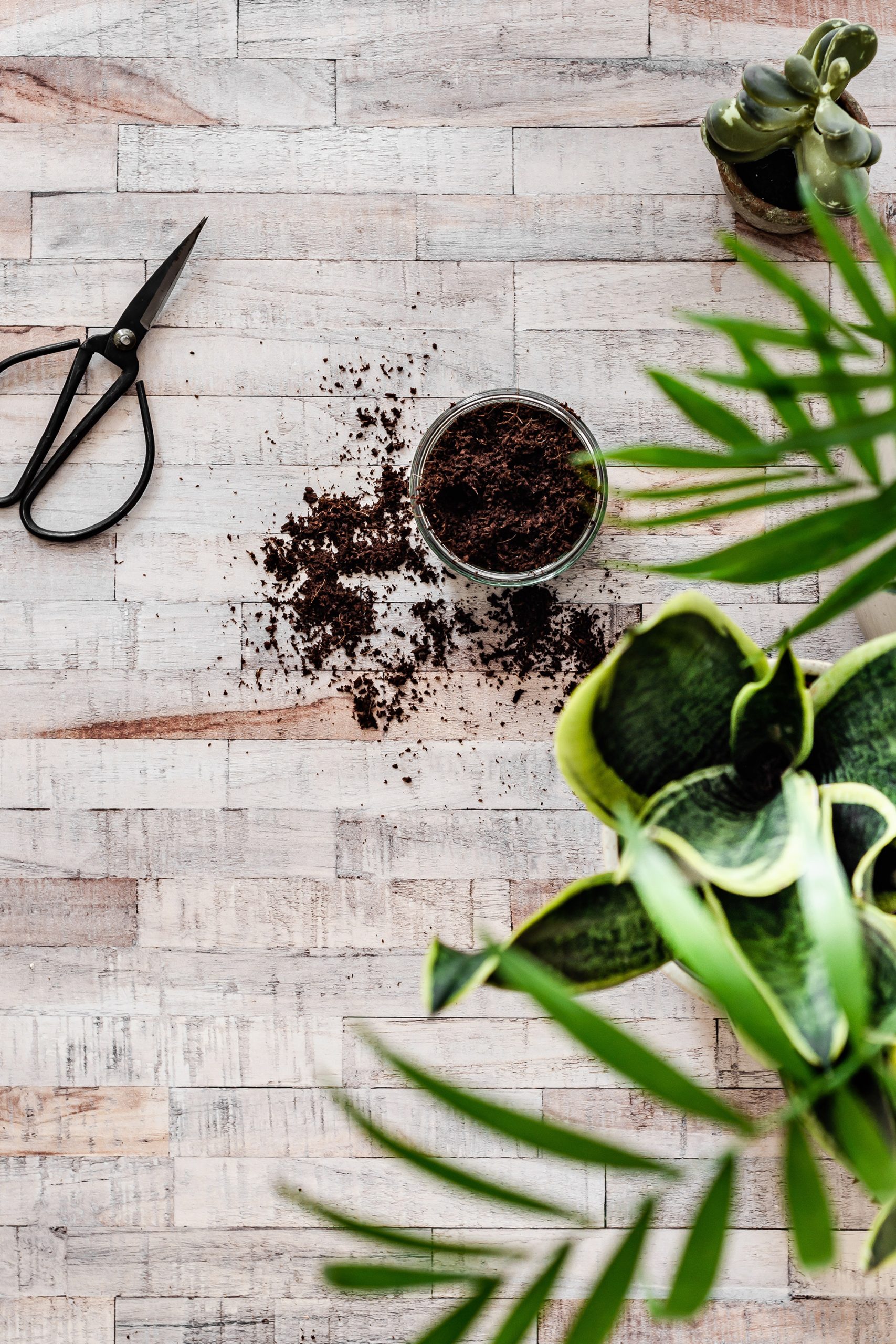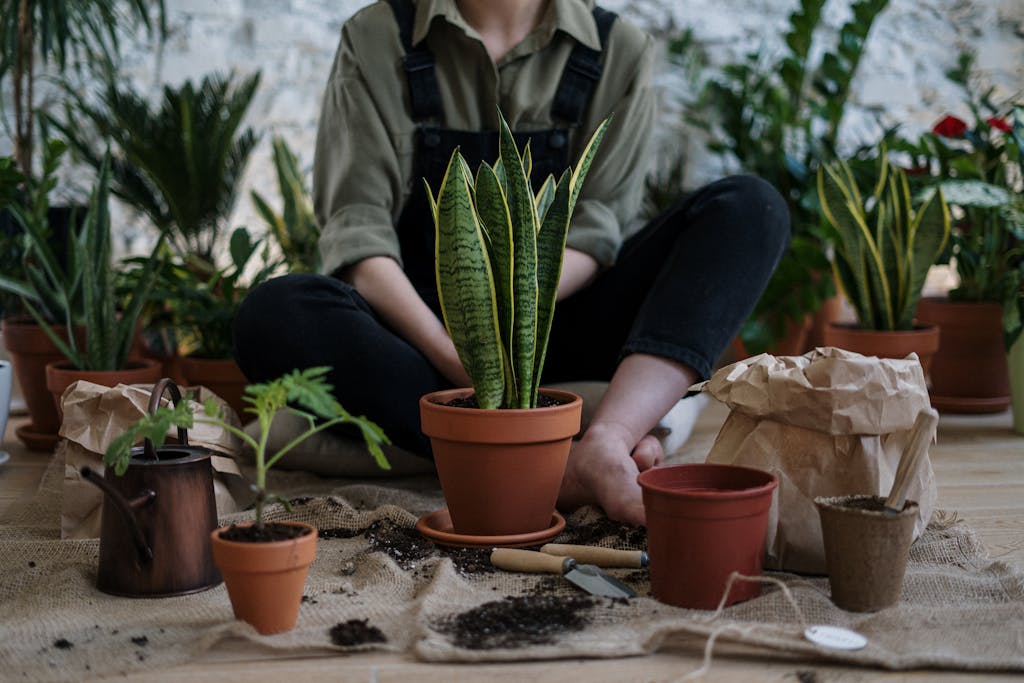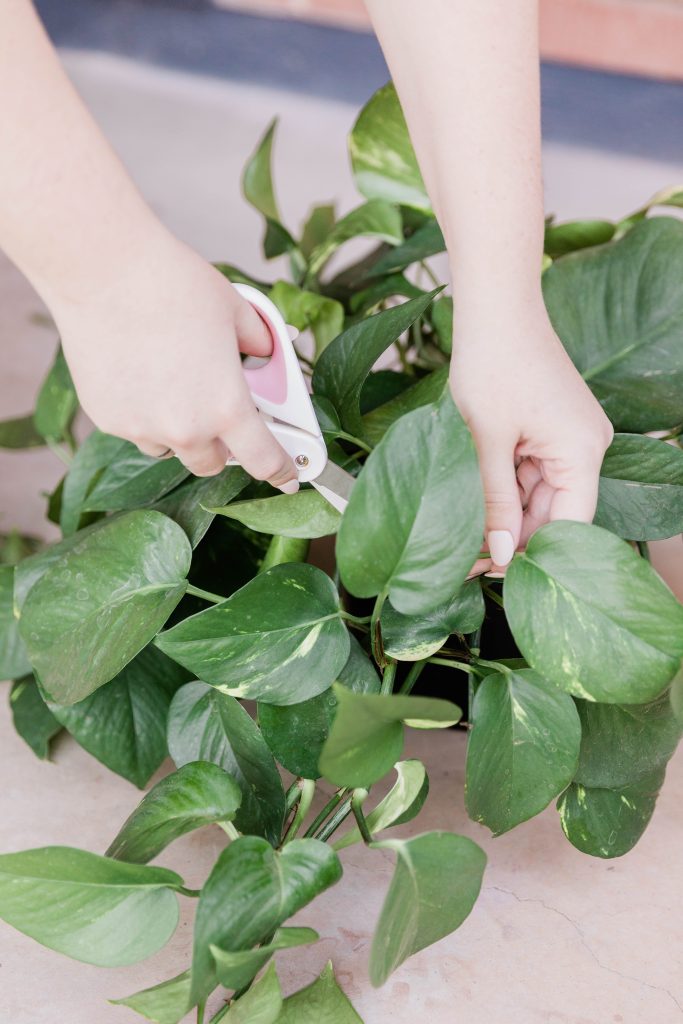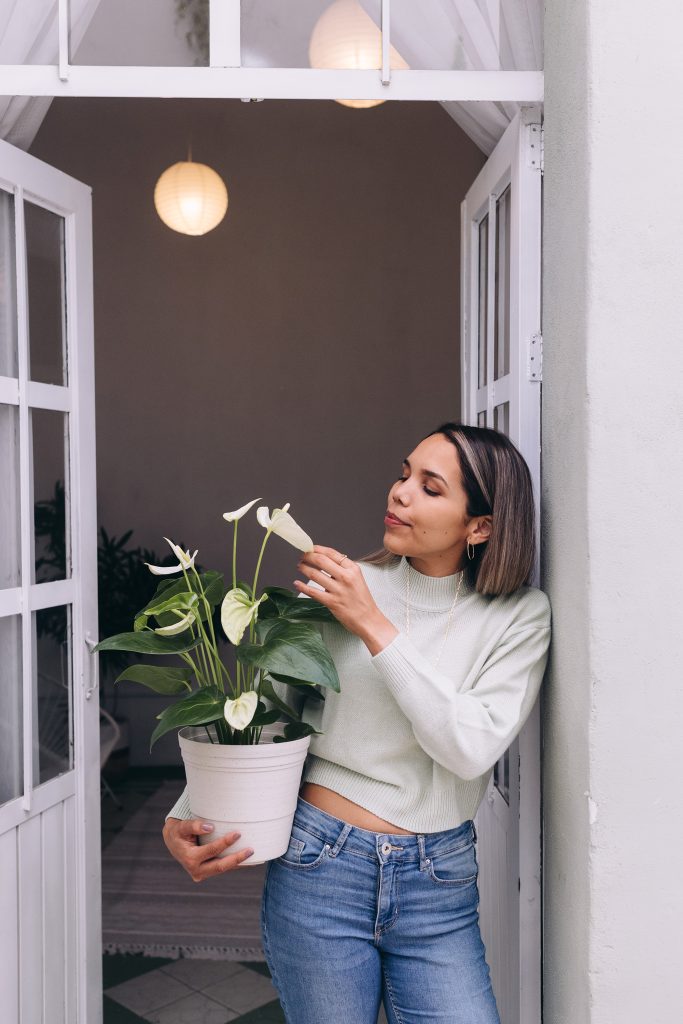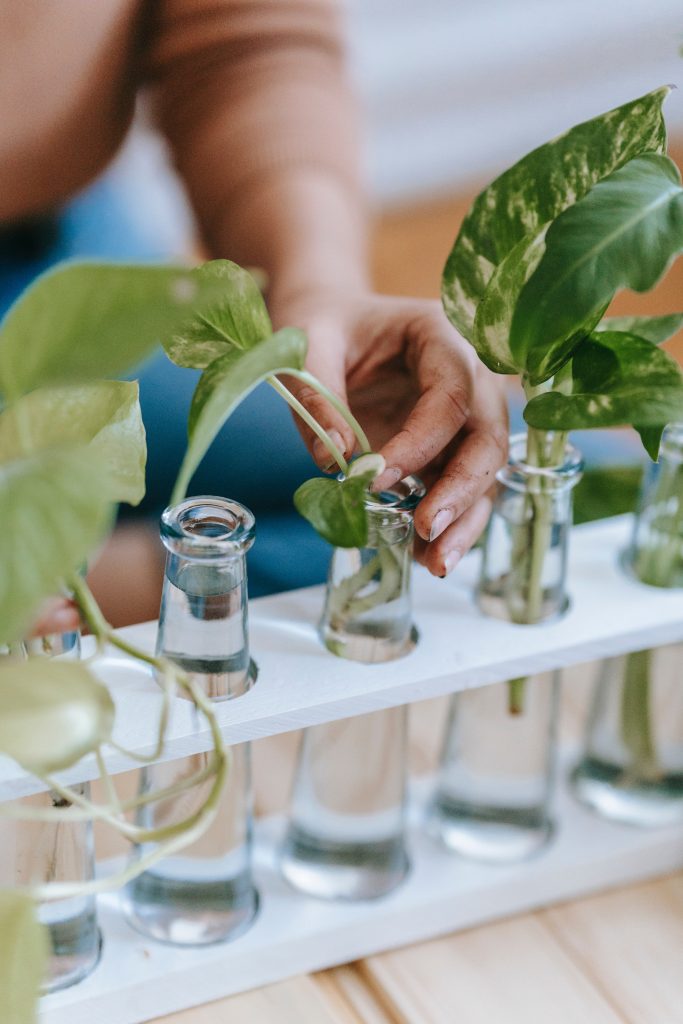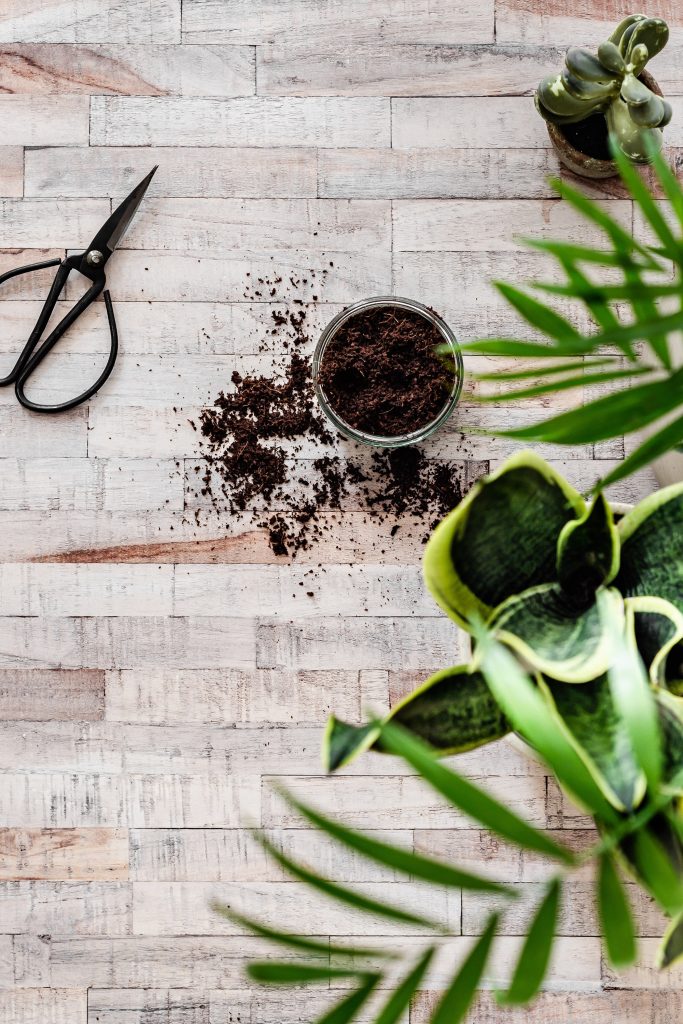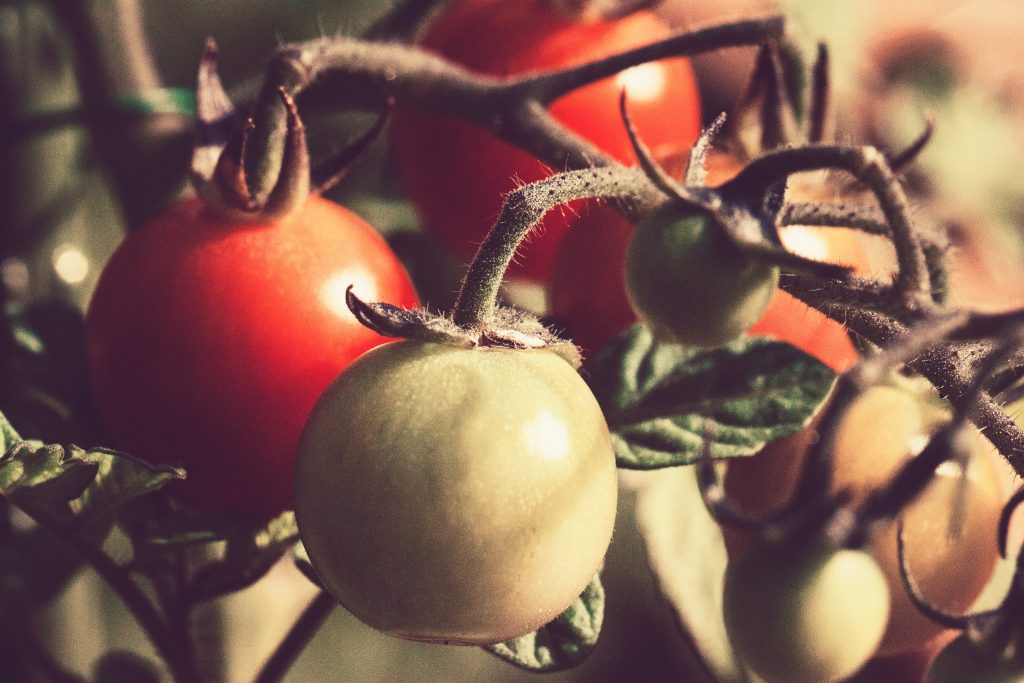When Should You Plant Your Veggies? Here Are the Best Times
You know what people always say: “Timing is everything,” right? That’s also true when it comes to planting your veggies. Sure, you might have witnessed someone plant their tomatoes in January and still pull off a miracle harvest.
But let me tell you, that’s clearly a scenario that defies all odds and logic. Even the ancient forces of nature would have been mighty confused.
In this comprehensive guide, I’ll share helpful tips with you, so you can reap the rewards of your gardening efforts and enjoy a bountiful harvest so that you can maximize your garden’s productivity.
The Importance of Planting at the Right Time
As much as I’d love to have a green thumb, I must admit that I’ve made my fair share of mistakes in the beginning. One of these was not planting my veggies at the appropriate times. The planting time can significantly impact the growth, health, and overall yield of your plants. By learning the best times to plant your veggies, you’ll benefit from:
- Healthier plants that are more resistant to pests and diseases
- Higher yields and better-quality produce
- Efficient use of your time and resources in the garden
To help you get started, I’ve compiled some helpful information on the best times to plant a variety of popular vegetables, ranging from staples like tomatoes and lettuce to exciting additions like pumpkins and peppers.
Understand Your Growing Zone
First and foremost, it’s essential to determine your growing zone, as this will impact the best planting times for each vegetable. The USDA Plant Hardiness Zone Map is an excellent resource for determining your specific grow zone based on your location.
In general, there are three primary growing seasons for veggies:
- Cool season veggies: These plants thrive in cooler temperatures and can tolerate light frosts. Examples include lettuce, spinach, peas, and broccoli.
- Warm season veggies: These plants need warm temperatures and cannot tolerate frost. Examples include tomatoes, peppers, squash, and cucumbers.
- Extended season veggies: These plants have a long growing season and typically need to be started indoors or planted early in the season. Examples include pumpkins and sweet potatoes.
Frost Dates: Your Gardening Commandments
After you’ve figured out your hardiness zone, it’s time to get even more specific. You’ll need to keep track of your region’s average frost dates to determine when you can safely venture outdoors and start planting.
But wait, there’s more! You also need to factor in your veggies’ relative frost tolerance, as not every plant will handle a chilly winter day the same way.
For your frost dates, head over to The Old Farmer’s Almanac, and once again, plug in your ZIP code.
With this information in hand, you’ll be essentially the commander-in-chief of your veggie battalion.
Now the fun begins!
The Ideal Planting Times: Veggie by Veggie Breakdown
Alright, it’s time for the main event. Let’s discuss the ideal planting times for our beloved veggies. Keep in mind that these are general guidelines, so you may have to tweak them depending on your specific hardiness zone and local weather conditions.
But don’t sweat it, dear friend; we’ve got you covered with tips, tricks, and a comprehensive breakdown that’s as easy to digest as a freshly picked cucumber.
Shall we?
Tomatoes
Tomatoes can be real drama queens. But don’t let that scare you off; these red beauties are worth every ounce of effort. Here’s how you can keep them happy:
- Start Indoors: If you’re in a colder region, get those seeds started indoors around 6-8 weeks before your last frost date. Transplant them outside when the soil warms up.
- Sun, Sun, and More Sun: Tomatoes love basking in the sun. Plant them in a sunny spot, and watch them flourish!
- Feeding Time: Regularly feed them with a high-potassium fertilizer, and they’ll reward you with juicy fruits.
Carrots
Can you dig it? Carrots grow beneath the soil’s surface, and they’re one of the easiest veggies to grow. Here’s what you need to know:
- Sow Directly: No indoor fussing needed here. Plant the seeds directly in the garden 2-4 weeks before the last frost date.
- Love the Loose Soil: Carrots are pretty laid-back, but they do prefer loose, sandy soil. No rocks, please!
- Patience is Key: These babies take time to grow, so be patient, and you’ll have a crunchy snack ready for dipping.
Peppers
Feeling hot, hot, hot? Let’s talk peppers. From sweet bells to sizzling jalapenos, here’s your guide
- A Warm Welcome: Peppers love warmth. Start them indoors 8-10 weeks before the last frost and transplant them when it’s nice and toasty outside.
- Water Wisely: They need consistent moisture but don’t drown them. It’s like a spa treatment, not a water park adventure.
- Add a Little Spice: Use a well-balanced fertilizer to boost growth, and you’ll have a pepper fiesta in no time.
Best time to plant: 1-2 weeks after the last frost, just like their tomato buddies.
Tips: Peppers love the heat, so don’t rush them into the garden too soon.
Cucumbers
Best time to plant: When the soil has warmed up, and there’s no risk of frost.
Tips: Cucumbers love the sun, so choose a sunny spot and watch them flourish.
Pumpkins
Best time to plant: Late spring to early summer, depending on your region’s frost dates.
Tips: Pumpkins need a long growing season, so plan accordingly.
Sweet Potatoes
Best time to plant: Late spring after all danger of frost has passed.
Tips: Sweet potatoes need warmth and patience.
Conclusion
The right timing might seem like a small detail, but it can make a HUGE difference in your garden’s success.
With the right tools and timing, you’ll be munching on home-grown veggies that taste like pure joy.
P.S. Still hungry for more veggie insights? Check out my other comprehensive guides on everything from organic pest control to water-saving techniques.
